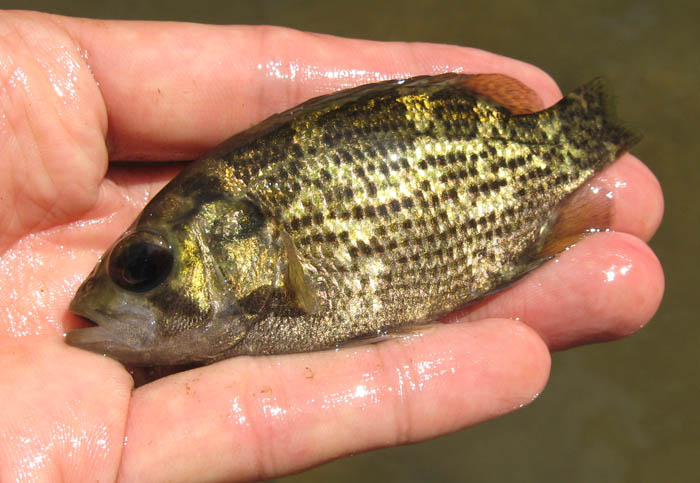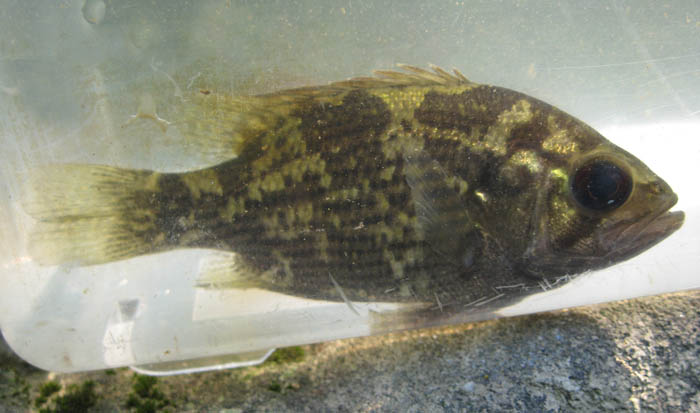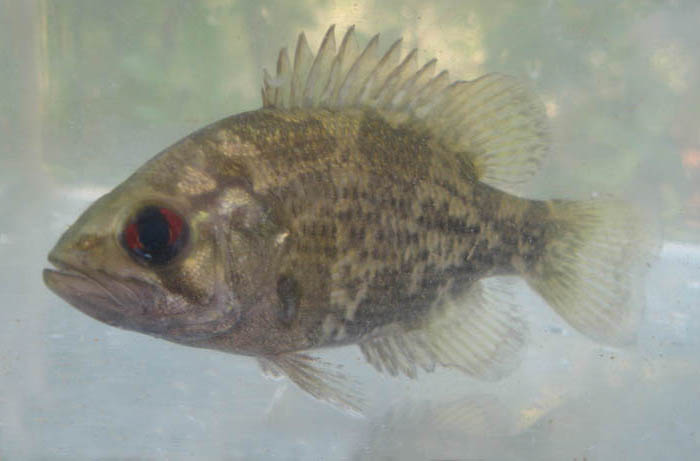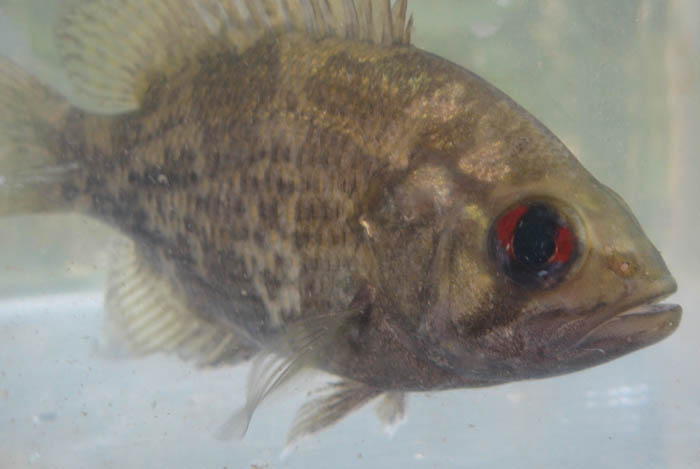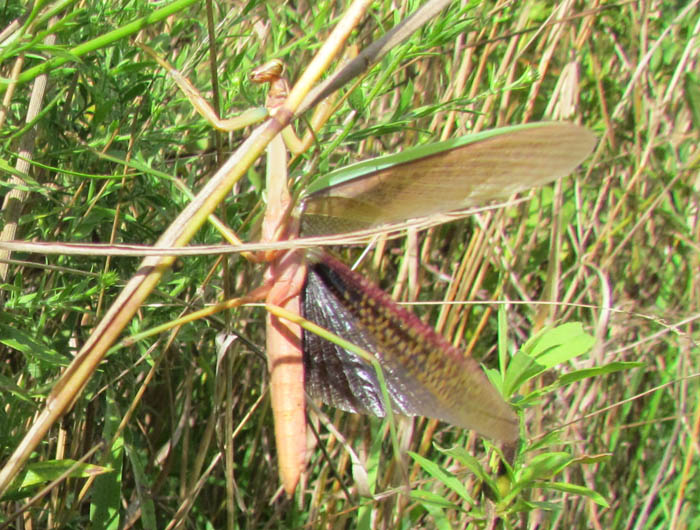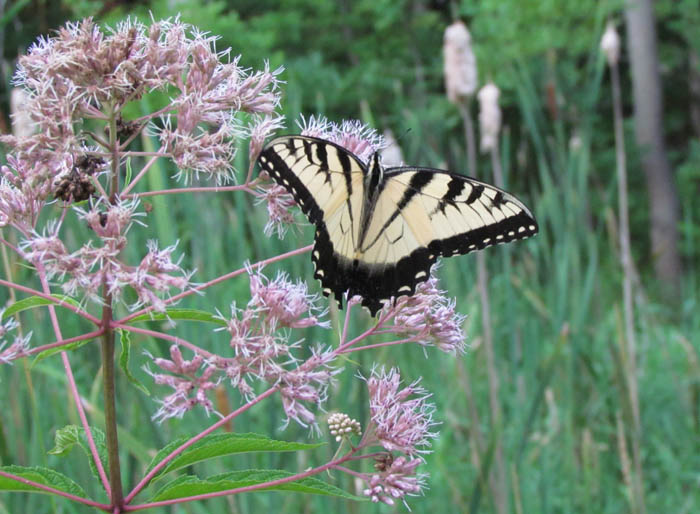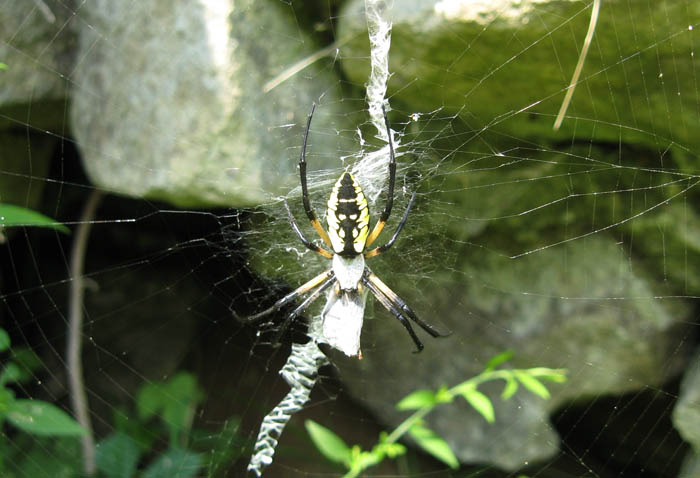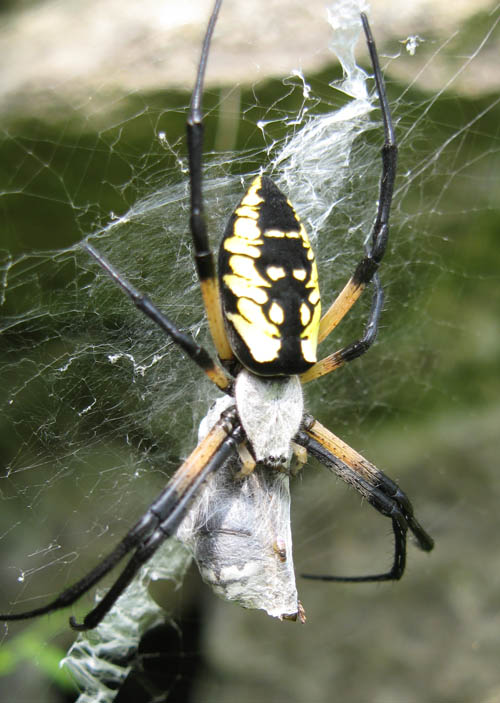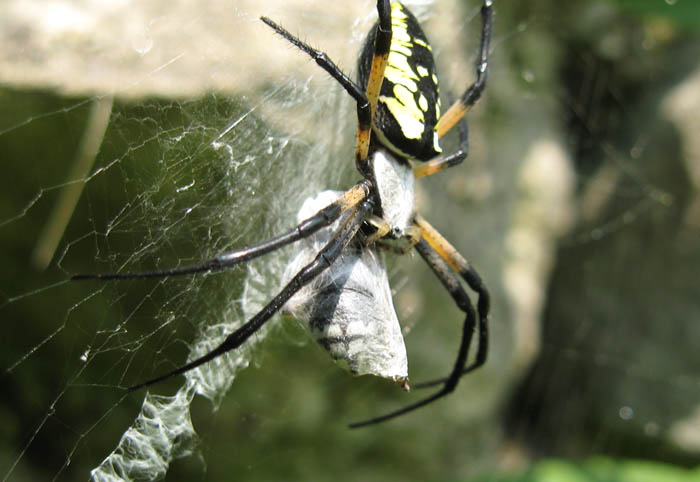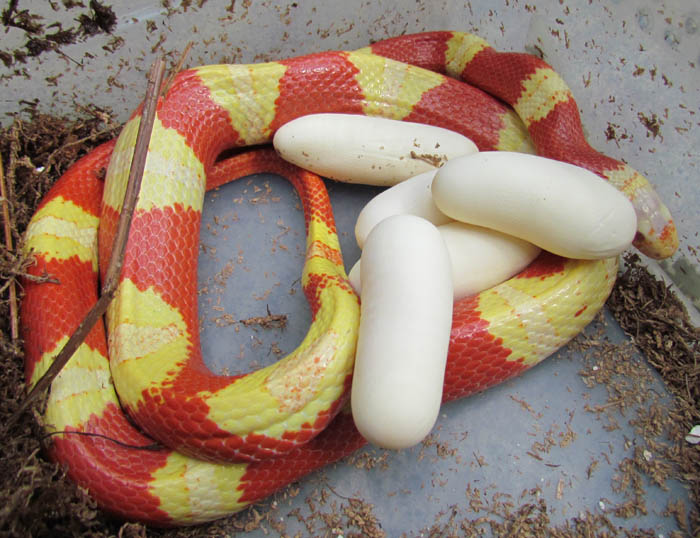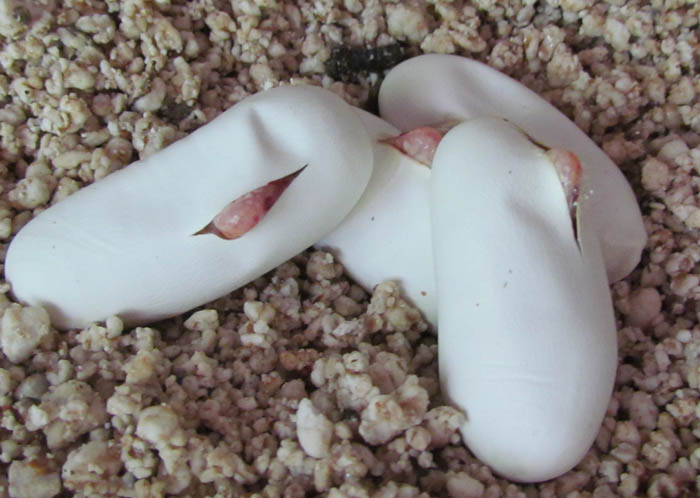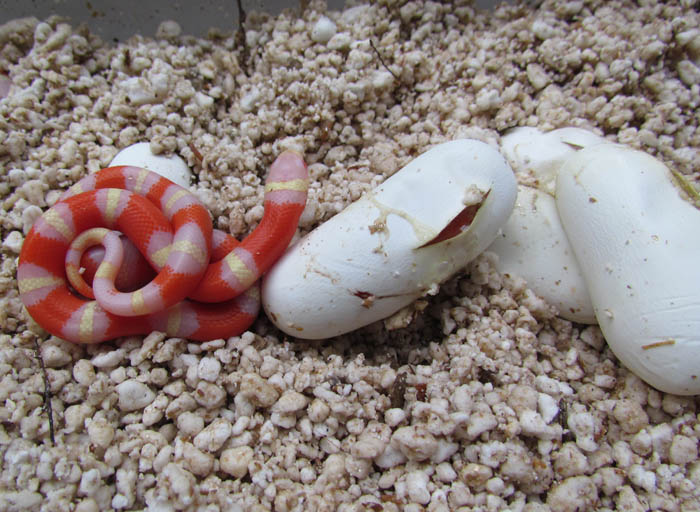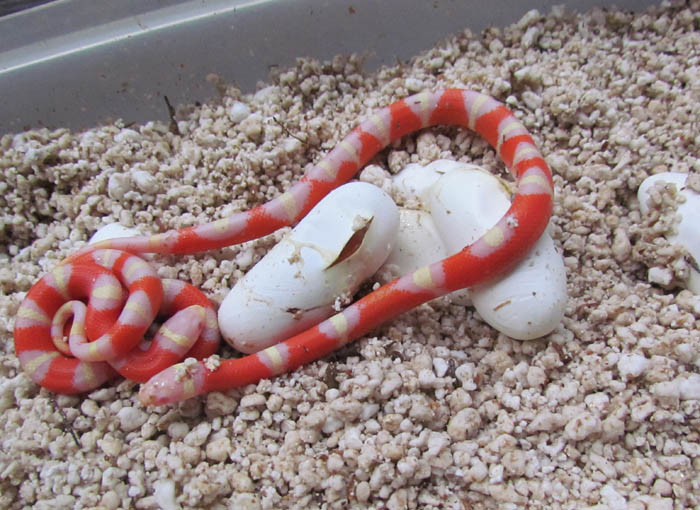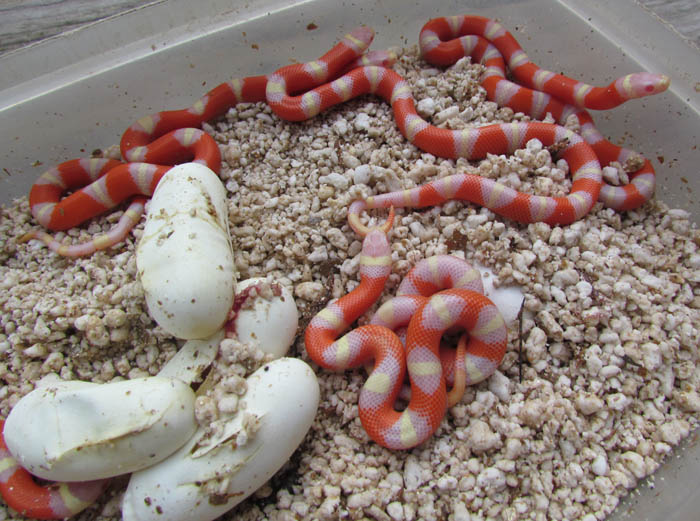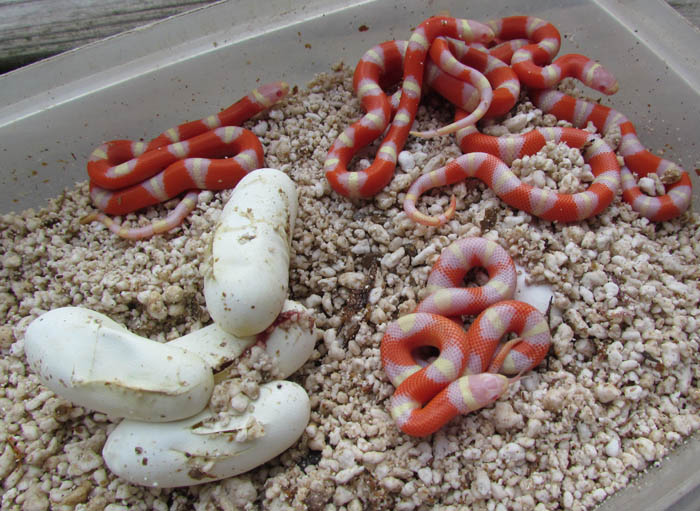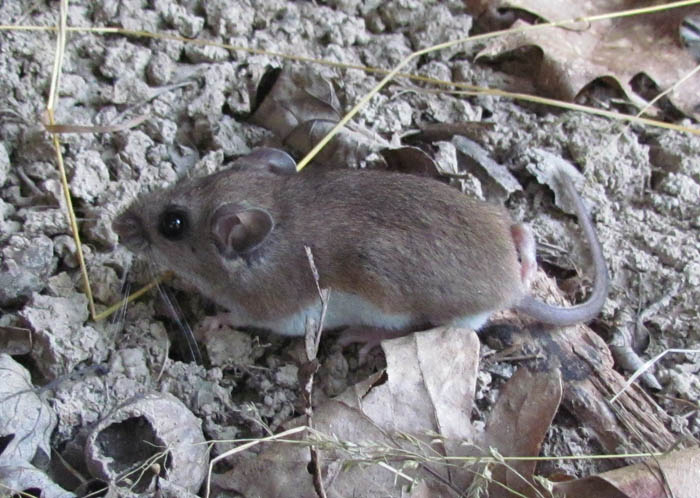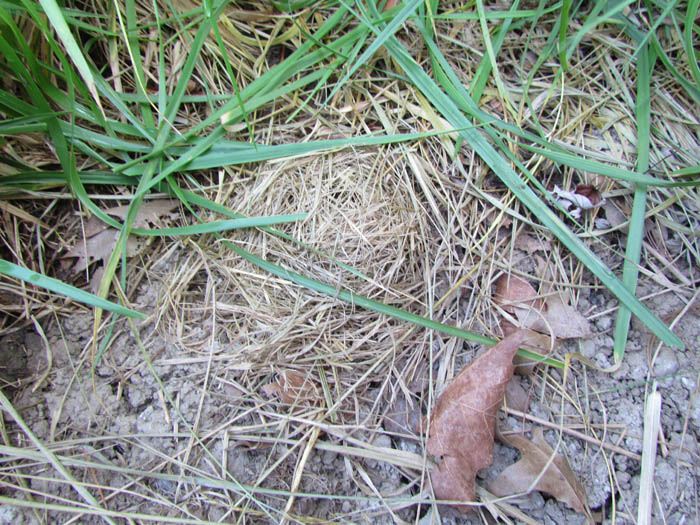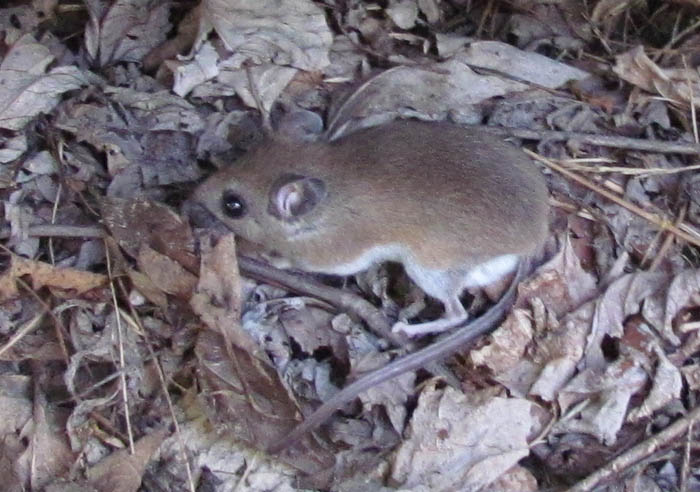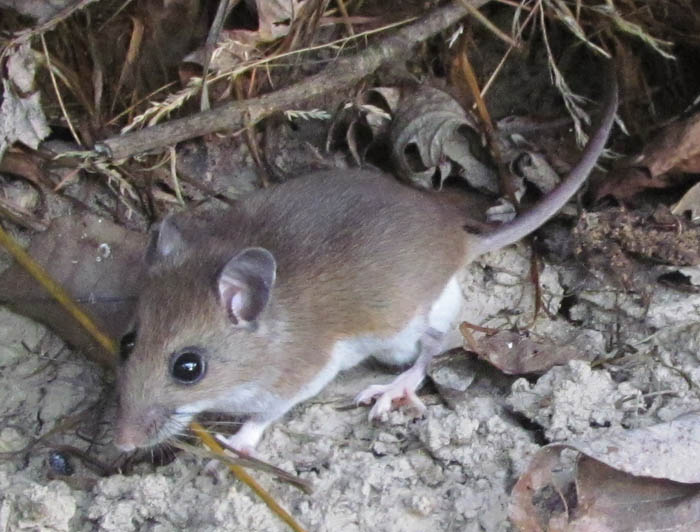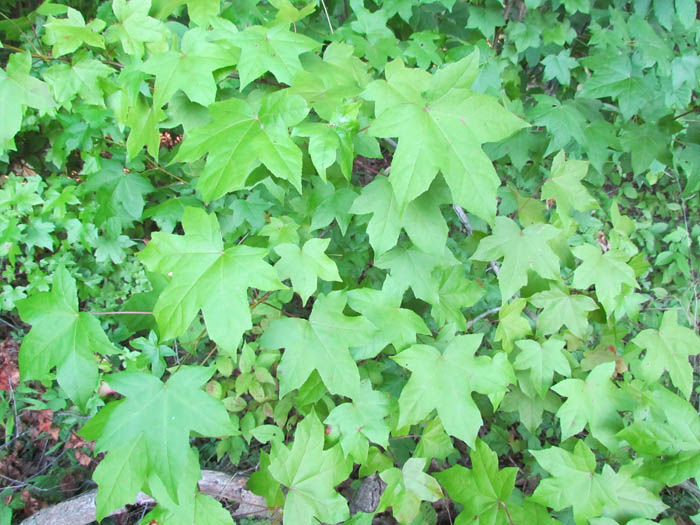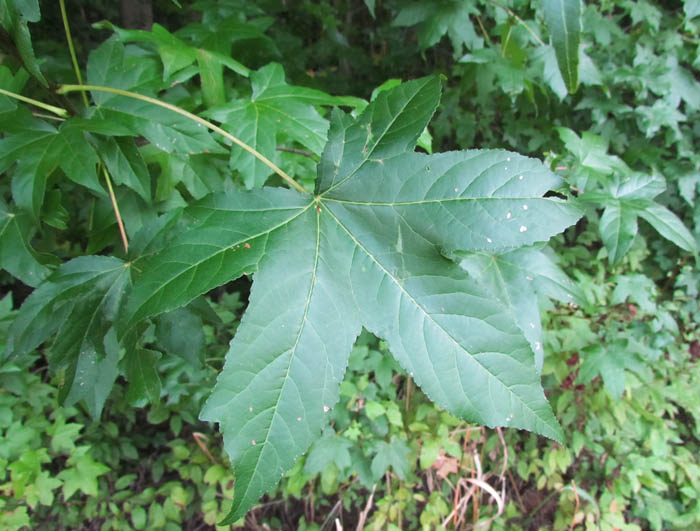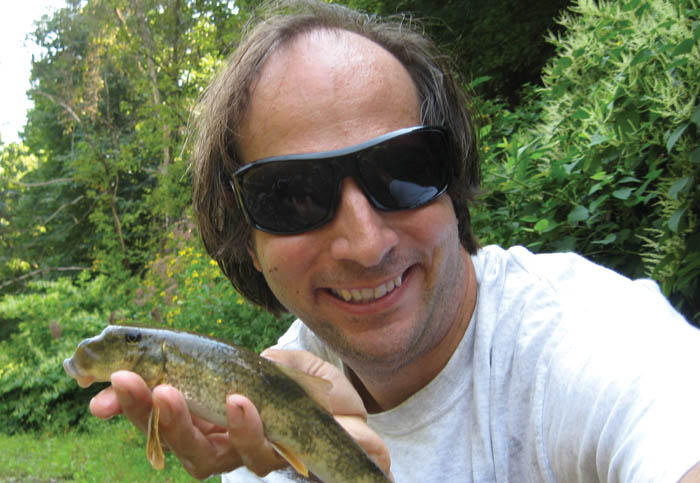Walking along a waterway in South Chagrin Reservation today, I saw a few Red-spotted Newts. There are many different types of newts in the world, but in the United States we just have Eastern Newts (like the Red-spotted) and Western Newts which live in California and all the way up the coast into Alaska.

Newts are a particular family of salamanders that are mainly active in the daytime. Most newts are aquatic and spend a lot of time in the water.

The Eastern Newt has a unique life cycle. They emerge from mid-March to early April from hibernation. Often their first meal of the year is the eggs of other salamanders. Here’s a newt that I saw in March heading over to a woodland salamander breeding pool to eat eggs.
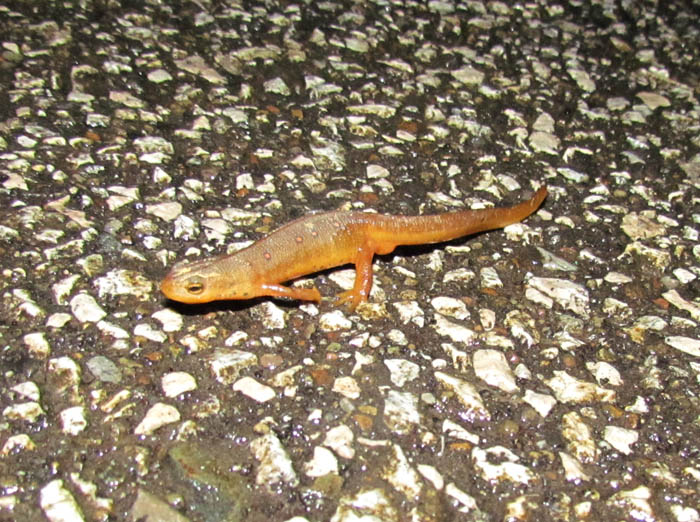
Later, the newts themselves breed. Their own eggs are subject to predation from other animals, but if they’re lucky, they hatch in 3 to 5 weeks. The eggs hatch as gill-breathing larvae, much like other salamanders. They stay this way for three months.
But unlike other salamanders which then metamorphose into adults, they have an imtermediate phase, where they develop lungs and a rough-textured skin. Eastern Newts also turn bright orange and leave the water to live on land. This phase of the is known as a “Red Eft.” Here’s one that I found in Central Ohio.
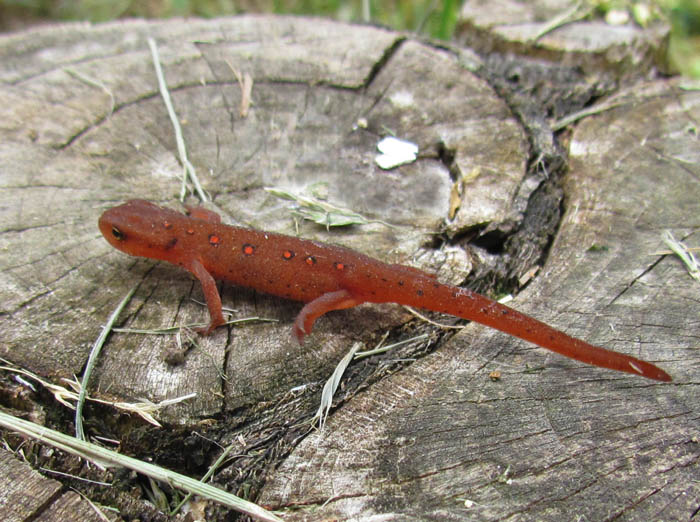
Red Efts take slow, deliberate steps and do not seem to have any particular destination. The bright colors advertise the young newt’s toxic nature (though they are safe to pick up – just don’t eat one). This “adolescent stage” is unique, no one is sure why the salamanders don’t transform directly into aquatic adults. Red Efts wander the forest floor for a year or two.
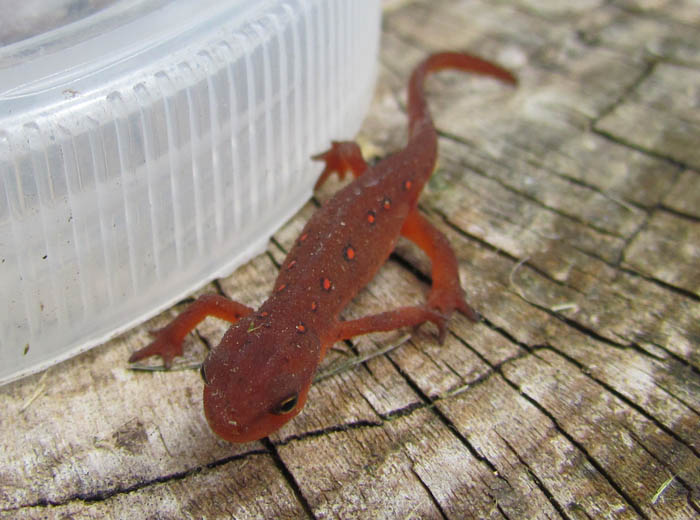
Eventually they will make it back to the pond where they originated and change to their adult background color of green, develop a flattened tail for swimming and become aquatic.
There are several subspecies of Eastern Newt. The Red-spotted Newt resides here in Ohio. The Central Newt lives to the west and typically lacks spots; here’s one that I found in southern Illinois last year.
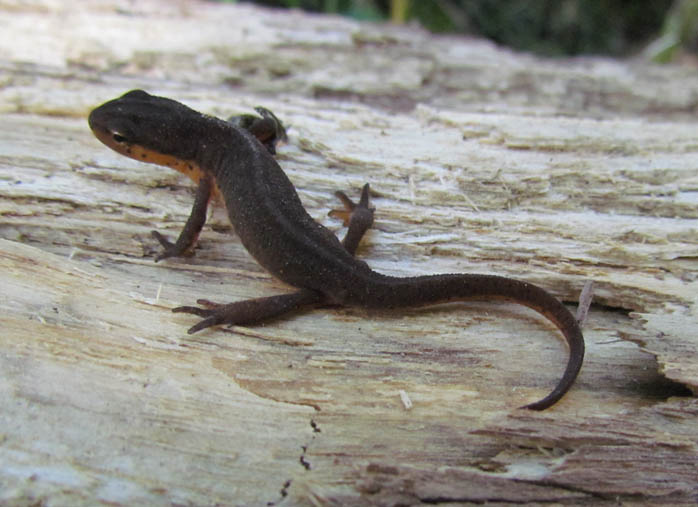
These four-inch amphibians can live for well over 10 years.
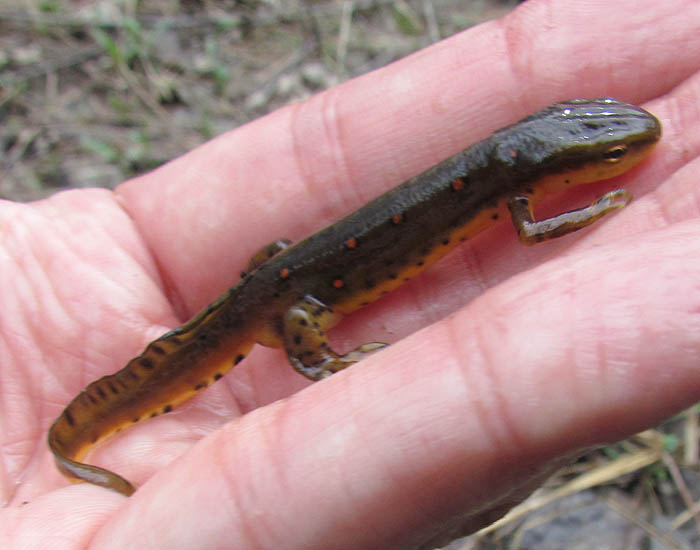
Third Eye Herp
E-mail

